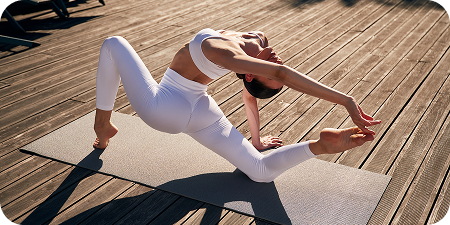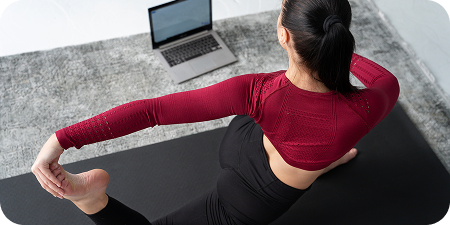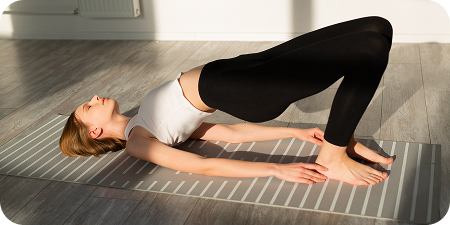Pregnancy is a time of transformation—physically, emotionally, and spiritually. Yoga offers a gentle, effective way for expectant mothers to stay active, ease discomfort, and connect deeply with their growing baby. With mindful movement, breath awareness, and relaxation, prenatal yoga supports both the mother’s well-being and the baby’s healthy development.
1. Benefits of Yoga During Pregnancy
a. Physical Benefits
-
Improves flexibility and strength: Helps the body adapt to the changing shape and weight distribution.
-
Eases common discomforts: Relieves back pain, hip tension, and swelling in the feet or legs.
-
Encourages better posture: Strengthens the spine and improves balance.
-
Supports labor preparation: Builds stamina and helps the mother learn relaxation techniques useful for childbirth.
b. Mental & Emotional Benefits
-
Reduces stress and anxiety: Deep breathing calms the nervous system.
-
Enhances connection with the baby: Encourages mindfulness and bonding.
-
Promotes restful sleep: Relaxation practices reduce insomnia and restlessness.
2. Safe Yoga Guidelines for Pregnancy
-
Consult your healthcare provider before beginning any exercise routine.
-
Avoid deep twists, backbends, and lying flat on your belly.
-
Focus on gentle, stable movements—safety and comfort are top priorities.
-
Keep your breath natural and steady; never hold your breath.
-
Use props like bolsters, blankets, or blocks for support.
-
Stay hydrated and practice in a cool, comfortable environment.
3. Recommended Yoga Poses for Pregnancy
First & Second Trimester:
-
Cat-Cow Stretch (Marjaryasana-Bitilasana): Relieves back pain and keeps the spine flexible.
-
Warrior II (Virabhadrasana II): Builds leg strength and confidence.
-
Bound Angle Pose (Baddha Konasana): Opens hips and improves circulation in the pelvic area.
-
Supported Bridge Pose (Setu Bandhasana): Strengthens the back and improves posture.
Third Trimester:
-
Goddess Pose (Utkata Konasana): Opens the hips and prepares the pelvis for birth.
-
Supported Squat (Malasana): Encourages hip flexibility and pelvic floor awareness.
-
Side-Lying Savasana: A relaxing, safe final pose that supports rest and deep breathing.
4. Pranayama (Breathing) for Pregnancy
-
Deep Belly Breathing: Expands the diaphragm gently, calming the mind.
-
Ujjayi Breath (“Ocean Breath”): Steadies the heartbeat and keeps focus during labor.
-
Alternate Nostril Breathing (Nadi Shodhana): Balances energy and reduces stress (only if comfortable).
5. Mindfulness and Connection
Prenatal yoga encourages mothers to slow down and listen—to their bodies, emotions, and their babies. Through mindfulness, mothers cultivate trust in their body’s wisdom and prepare mentally for childbirth with calm and confidence.
6. The Essence of Prenatal Yoga
Yoga for pregnant women is not about pushing limits—it’s about creating space:
-
In the body for a growing baby,
-
In the mind for calmness,
-
In the heart for unconditional love.




















































